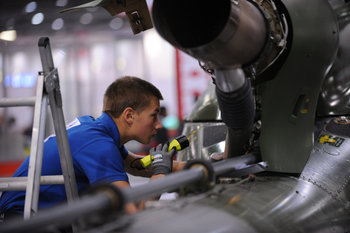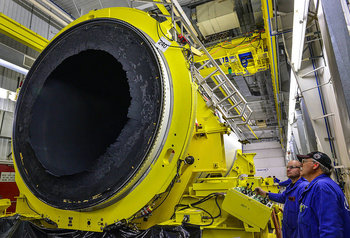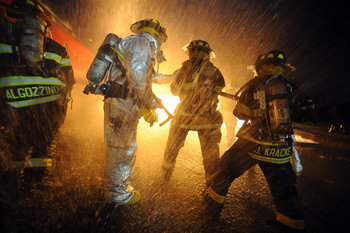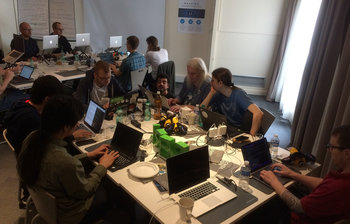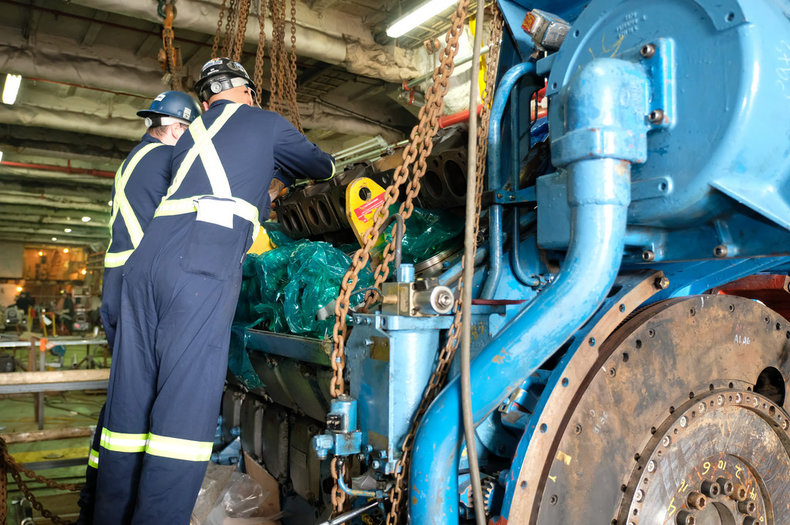
Devices
A memory device flips into read-only mode when it encounters problems. This is done with the thought that data is often worth more than the device itself. Derating minimizes the chance of data loss as the user can read data but can't write anything new to the defective device.Vehicles
A high speed train detects an unusual vibration from a wheel. An emergency light comes on and the train drops into a mode whereby it can no longer be operated at high speed. The train is able to make it to the next station at a safe maximum speed and is taken out for maintenance.Equipment
An industrial robot senses low liquid pressure in one of its hydraulic actuators. The robot reports the error to controllers and slips into a limited operation mode.| Overview: Derating | ||
Type | Reliability EngineeringSafety by Design | |
Definition | Automatically switching a device, vehicle or equipment into a limited operation mode when a problem is detected. | |
Value | ||
Related Concepts | Graceful DegradationFail WellReliability EngineeringSafety by Design | |



